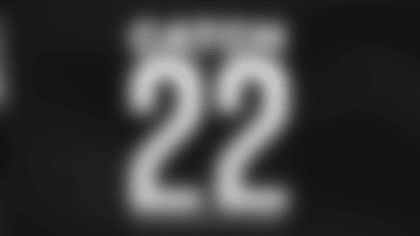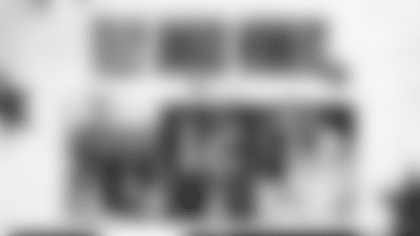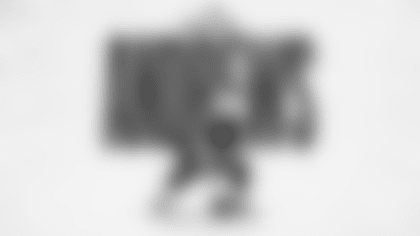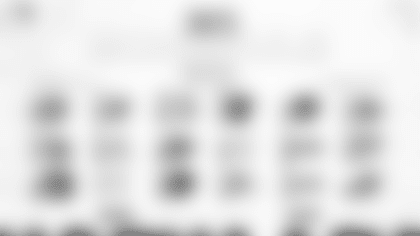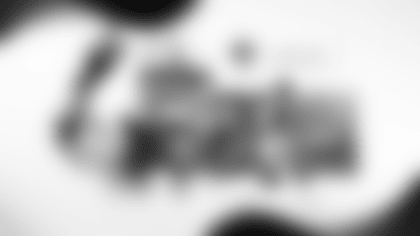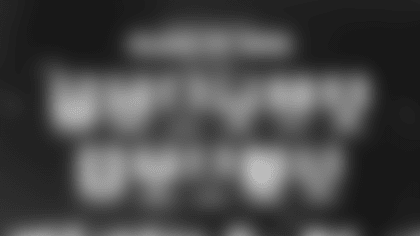With Tom Brady's contract set to void on March 17th, the day before the 2020 league year begins, the Patriots now have two months to decide which direction they'll go and there are two very different and distinct paths.
Do they pull out all their salary cap tricks and bring Brady back, give him some new offensive toys to play with and go all in on making another Super Bowl run? Or do they bite the bullet and let Brady walk, eat $13.5 million in dead cap space and begin anew at the most vital position? It's the hardest decision the Patriots have had in the last 20 years, complicated by limited overall cap space and a number of other major players who are also set to hit free agency.
The offseason plan will be quite different in the two scenarios and finding a balance between winning now and building for the future will be difficult.
Let's take a look at both paths and how the offseasons might unfold after the initial decision on Brady is made.
Keep Brady and Make Another Run
This is easier said than done and it's critical that Brady understands he can't ask for a $30 million-plus salary and still expect the Patriots to have the resources to give him upgraded weaponry and fill the significant defensive roster holes. 2020 cannot be the year Brady finally decides he wants a market-value deal because the trickle-down effect on the team would be crippling. Based on the money the Patriots owe him, an additional $6.75 million would be the minimum additional cap hit to whatever Brady's salary is.
Per Sportrac and Over the Cap, the Patriots will have around $42-$47 million in cap space at the start of the 2020 league year and, along with the huge question at quarterback, they need to replace starters at guard, defensive tackle, outside linebacker, defensive end/edge and safety, along with some critical special teamers.
Even if you get Brady to take a team-friendly deal around $20 million (which would be a $27 million cap hit) it doesn't leave much room to not only fill the holes elsewhere on the roster, but bring in any significant veteran weapons to pair with Brady.
A very real debate to have is whether a $10-ish-million-per-year contract is better spent on Devin McCourty or external free agents like Emmanuel Sanders, A.J. Green or Tyler Eifert. Of course, they'd have to be convinced to take a moderate deal to play with Brady. If Brady returns it makes it unlikely that any of the Patriots high-profile free agents return, including Joe Thuney, Kyle Van Noy and McCourty.
So, we've got to make some cuts. Let's start with Jason McCourty, replaced by J.C. Jackson or JoeJuan Williams, and Rex Burkhead, replaced by Damien Harris. This opens $6 million more in cap space and seems like a good decision regardless since there are younger, cheaper players waiting in the wings. But that kind of quality depth doesn't exist everywhere on the roster.
Duron Harmon could potentially take over for Devin, but it might be a stretch to expect Chase Winovich to play the every-down role Kyle Van Noy played. Danny Shelton could be back on a cap-friendly deal, while an original round tender for restricted free agent Adam Butler would cost $2.1 million if another team doesn't swoop in. Elevate Ja'Whaun Bentley and John Simon's roles and it's an okay defensive base to fill out with some low-range free agent deals and draft picks, but it's certainly not the same kind of three-level stacked unit they had in 2019 and does little to address how old the defense is getting.
The salary push and pull between the offense and defense/special teams will be a delicate balancing act. The only position groups the Patriots are in the top-10 in salary spending are defensive backs (2nd) and running backs (3rd). Their allocations to defensive line (28th), linebacker (24th), offensive line (26th) and tight end (29th) are all near the bottom of the league.
This plan relies heavily on convincing Brady and proven NFL vets like Green, Sanders and Eifert to take team-friendly deals and runs the risk of mortgaging the future to squeeze another run or two out of the dynasty. The defense will be the most heavily hit as it would seem nearly impossible to put forth an improved unit on the field unless ancillary players take a big jump forward. This approach also does little for the long-term development of the roster.
It would give Brady and the offense a boost on paper, but would that boost ultimately be enough to also offset the dropoff by the defense as they begin to turn over? And relying on expensive veterans, many of whom have extensive injury histories, is risky.
Start Again at Quarterback
The decision to move on from Tom Brady would be monumental and the ramifications would be felt across the roster. The biggest question to answer is how to build a roster that can accommodate a new quarterback? Finding the QB is one thing, but having the pieces in place to be successful is another. So yes, the Patriots would have to eat $13.5 million on Brady, but they'll still have a lot more flexibility elsewhere on the roster to get their salary situations in good shape for the future without having to worry about a huge quarterback deal in the short term.
Moving on from Jason McCourty and Rex Burkhead still seems like a good idea in this scenario and per Over the Cap, this would set the Patriots up with about $45 million in cap space to start free agency.
The priorities would now shift away from adding high-priced veteran weapons, and let's face it, without Brady they're probably not coming to New England anyway. The vital factors for the next quarterback will be three big pieces -- defense, protection and a reliable tight end. If Brady is gone it makes re-signing Devin McCourty the biggest priority, not only because he's the leader and glue of the secondary, he's also a critical locker room leader who's presence can't be lost with Brady's. Matthew Slater is in a similar situation.
The team could also consider long-term investments in the front seven for significant money. Houston's DJ Reader is only 25 and could be a long-term anchor in the middle of the Patriots defense. A'Shawn Robinson is a similar young player who would be a nice fit, while Michael Brockers is a bit older but would be a versatile front seven piece.
Plenty of people are seeing great injury value and potential in tight end Hunter Henry and in this scenario a younger player like him would be a better long-term option than an older, more expensive player like Eifert. Long-term deals for impact players in the front seven and tight end would be ideal.
The Patriots could even consider bringing back Joe Thuney. Paying two guards big money is probably foolish but what better way to give a new quarterback the chance to succeed than investing in his protection and bringing back the team's best offensive lineman from 2019?
Simply put, any contract Brady will command is good for at least two high-impact free agents and given the current roster, investing long term in some new foundational pieces seems critical.
Now the million dollar question is how to find the next quarterback. Jarrett Stidham and Cody Kessler are both under contract for 2020, but adding another veteran like AJ McCarron, Sean Mannion and Mike Glennon, all good Patriots fits, would make sense. Then, wait and see what happens with the draft. Without a second-round pick they'll be a bit handcuffed by how much they can move around to get a quarterback but there are plenty of intriguing options like Jordan Love, Jacob Eason and Jake Fromm. Expect the "throw it all at the wall" approach with a level playing field in training camp and then the best performer wins the job.
This plan would set the stage for a new foundation in New England and in 2021, when a ton of cap space opens up with a new CBA to come, they'll be in even better position to add in critical spots. Instead of risking more dead cap space in the future they could get their house in order and prepare for the future, but it would most certainly cost them in the win column.
Which way will the Patriots go? Sentimentality aside, it's hard to say paying Brady at this point is in the best long-term interest of the team, but there's little question he's the best possible quarterback option for 2020. The Patriots have put together two decades of dominance ending things a year early rather than a year late with many key players but Brady will put that to the ultimate test and the future trajectory of the franchise hangs in the balance.


